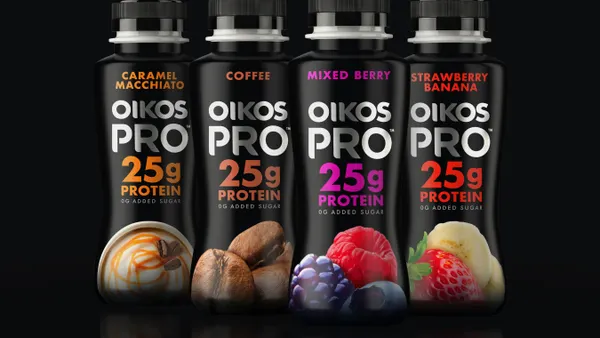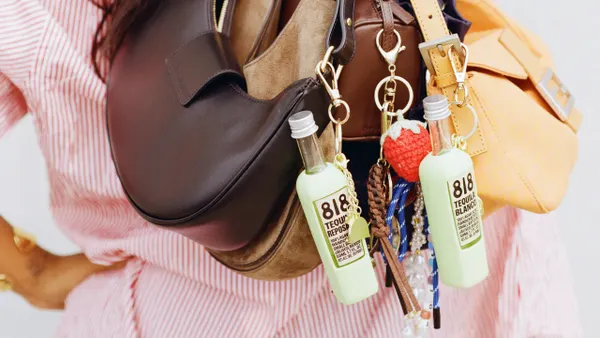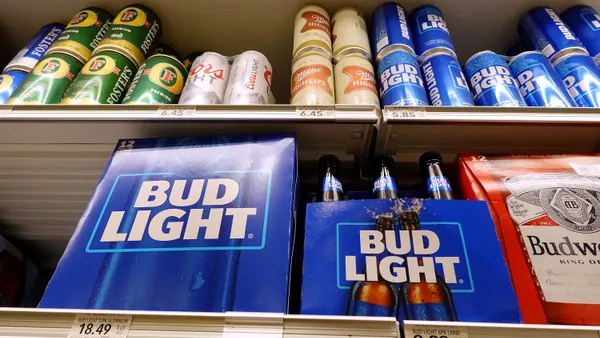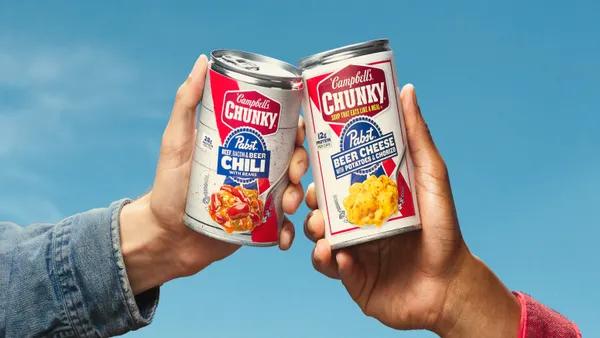Dive Summary:
- Consumers changing habits and tastes are driving a shift in U.S. food packaging.
- The big winner in this is the aseptic container, which just a few years ago was rare except for juice boxes and milk..The big loser is the can -- which increasingly is seen as too heavy, awkward, old-fashioned and bad for the environment.
- The global market for aseptic containers is expected to hit some $333 billion by 2016. Most of that growth is coming from Asia and Europe, but the U.S. is catching up fast.
- Producers also prefer aseptic containers, as they offer superior protections and are gentler on the product inside.
Dive Insight:
Aseptic packaging was created at a European dairy back in 1961. Outside of the milk industry, growth was slow from decades. But a perfect storm of factors -- convenience, safety, environmental -- have pushed aseptics into popular use. Loads of companies may win big as aseptics surge. Certainly Tetra Pak, the world's largest maker of aseptics, is doing well. But the truly revolutionary thing about aseptics is that their reduced weight, combined with shelf-life-extending properties, make global importing and exporting of processed foods much easier and less expensive.
Look for an even more rapid influx of Asian and European drinks, soups, and desserts during the next few years.










